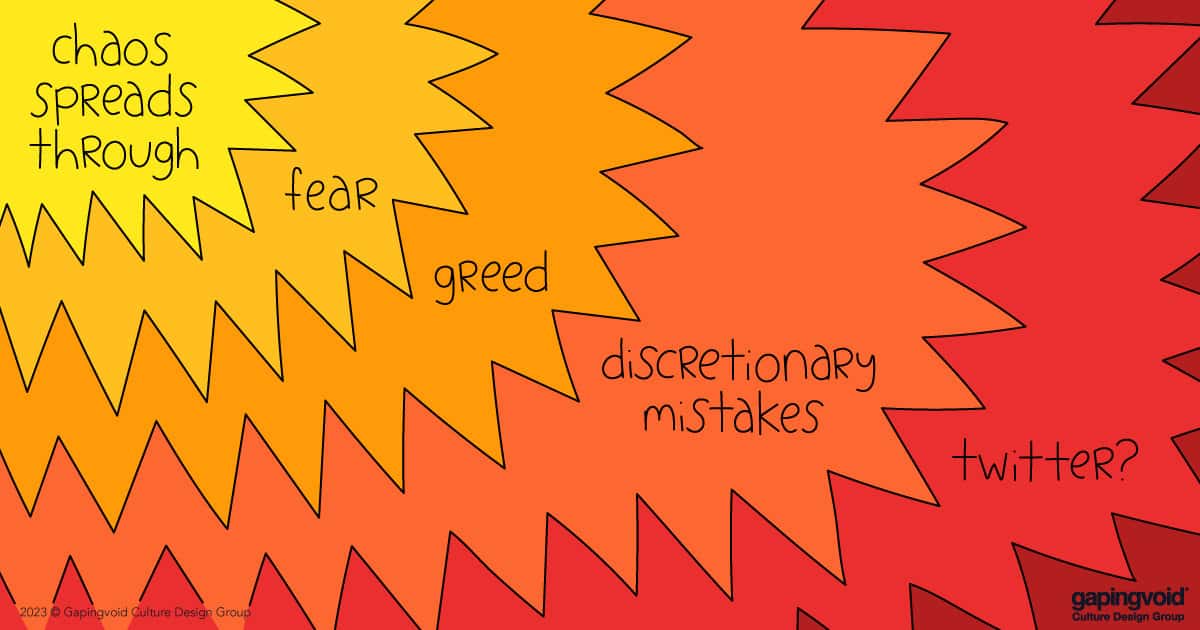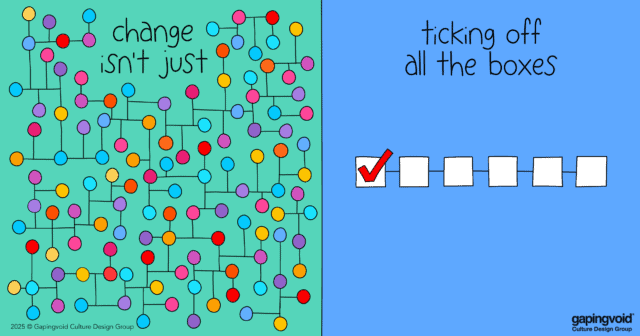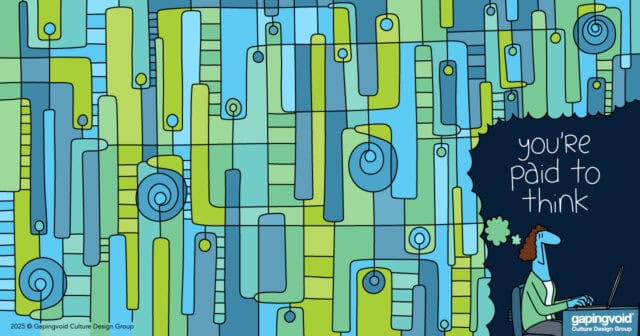
Social contagion, was the driving force behind Silicon Valley Bank (SVB)’s quick growth but it was also what eventually did them in.
As most of us know by now, Silicon Valley Bank (SVB) has collapsed, sending shockwaves through the tech industry.
The big story isn’t so much that a prominent bank in Silicon Valley made a few unwise bets about interest rates, nor is it that a lot of startups with most of their money locked up in the bank had the fright of their lives.
It’s not even about the fact that this is the first bank run caused by social media. Although it is a bit ironic that Silicon Valley startups were walloped by one of their own babies (Twitter).
Where SVB went wrong? Being a one-trick pony. SVB pretty much only dealt with Silicon Valley startups, who were already flushed with VC cash and didn’t need to borrow anymore, which is the main way banks make money. And as any fule kno, when the crop (of customers, in this case) isn’t diverse enough, you’re just ASKING for Potato Famine 2.0.
Because their customer base was deeply immersed in social media culture, which is highly influenced by social contagion, a single spark was enough to ignite a dumpster fire. Which in the end is exactly what happened.
Founded forty years ago, SVB got its name by deciding to focus primarily on startups. They were THE PLACE where SV startups stored their money.
Why? Because everybody else was storing it there. Another form of social contagion, just like the bank run. The other oversight was from the startups themselves who put huge chunks of their money into a single bank.
As legendary investor, Shark Tank’s Kevin O’Leary tells his portfolio companies, it’s never a smart idea to have more than 20% of your cash in a single bank. By distributing it, you avoid Black Swans. In this instance, it seems a lot of people didn’t listen. Roku, for example, had over $400 million (26% of their cash) locked up in SVB.
What Nassim Taleb teaches us about Black Swans is that risk isn’t what it appears to be. He sets out that:
- The most serious risks are outliers, which can catch us off guard. Who expected social media and government bond fluctuations to cause a bank run?
- These events are extremely impactful. The downside of a bank like SVB failing is so potentially devastating that it forced Biden to reconsider the stance on ‘too big to fail.’ We now see Credit Suisse at risk, and it’s not hard to see more dominos falling. Perhaps the bedrock of bank assets, government bonds, isn’t a low-risk asset class after all.
- While it is easy to see the patterns and connections between events after the fact, it is difficult to predict them prospectively. Meaning in an increasing interest rate market, we can now look at investing in US government bonds differently.
- Social media isn’t all annoying influencers, but a reminder that it has the power to subvert systems.
SVB is another example of the increasing risk and frequency of Black Swan events. The lesson here is to look at risk differently, especially in times like this, where there is increasing noise and an obsession with data that obscures the reality of markets and business.
P.S. Finance professor and hedge fund manager, Patrick Boyle’s YouTube channel has some of the best commentary we’ve seen so far. Enjoy!

Lauryn Hill (1975-) is a revolutionary artist who changed the face of music with her unique sound and powerful lyrics. The eight-time Grammy award-winner broke down boundaries with her blend of hip-hop, soul, R&B, and reggae. Hill’s debut solo album The Miseducation of Lauryn Hill became the first diamond-certified album from a female rapper and was an instant classic that solidified her place in history as one of the most influential artists of all time. Her artistry paved the way for future female artists to succeed on their own terms.



